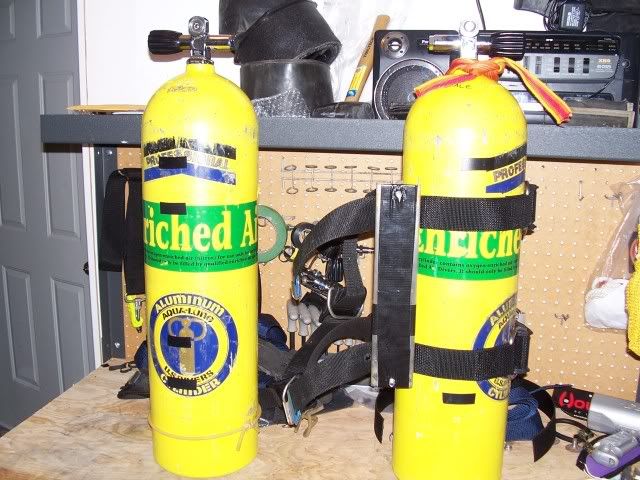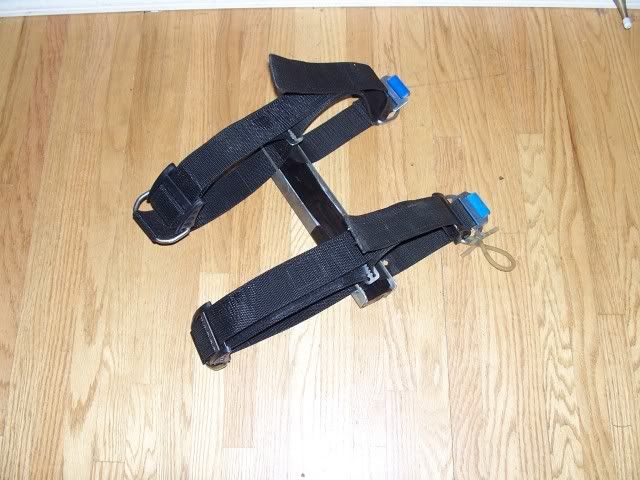LiteHedded
Contributor
I will believe what you say after watching from safe distance you doing drills for a 1/2 hour at 150 feet
choose the right gas and it's not an issue
Welcome to ScubaBoard, the world's largest scuba diving community. Registration is not required to read the forums, but we encourage you to join. Joining has its benefits and enables you to participate in the discussions.
Benefits of registering include
I will believe what you say after watching from safe distance you doing drills for a 1/2 hour at 150 feet
Yea me too... To be honest I was leaning strongly towards independent doubles when I was considering what kind to get but after doing a course where the instructor spent a lot of time going through the things that can go wrong with manifolds, how to deal with them, etc, I felt a lot more comfortable and ended up going with manifolded twins (but think that both setups have their place). I know a few people though, who've set manifolded twins up all themselves with no input with others and either cannot reach their valves, or have no idea what to do if something goes wrong and the ramifications of various failures. To those kinds of people, they have no redundancy and are basically diving with one big tank.
 Operating an islator is EXTREMELY easy if you ever practice. You make it sound like such a difficult task.
Operating an islator is EXTREMELY easy if you ever practice. You make it sound like such a difficult task.A real question from a amateur low tec diver , does the industry instruct you in real world conditions that I talked about . I don't want to sound like a jerk and understand why they don't and better if they do . I must be fishing around to convince myself to take some classes . I have more experience than instruction which puts me in awkward position . The first good deco dive I made was on the moody a very nice wreck .The week before they had a double fatality and multiple diver injuries that were tec trained . Panic was the result of one death and the injuries. I took a tri mix diver on the same wreck who banged his head on his deco bottle when he did a back roll into the water from the side of my boat . He could have drowned .Don't blame me for being skeptical of those who are trained.




LOL you guys crack me up.Operating an islator is EXTREMELY easy if you ever practice. You make it sound like such a difficult task.
If you go to Yap for example, your not bringing your manifold doubles with you. But you can take two resort rented 80 AL's and now your diving doubles.
I've debated the gas access issue in the thread I linked in post 2 but if there is any other "worst of sidemount/worst of backmount points that anyone wants to bring up I'm all ears. Just be prepared to defend them because my BS meter is all charged up.
Is sarcasm an internet [-]diving[/-] skill I'm not aware of?
Danny: I'm sorry, are you being sarcastic? It's hard for me to tell. I'm Canadian and we don't have a big Jewish population.


Team is an important issue here - most team oriented divers will tend to have a preference for manifolded doubles. Manifolded doubles give you options, and the disadvantages of having complexity behind your head is offset by diving with people who are familiar with your kit, know how it works, can help you identify and not just resolve - but fix failures.

